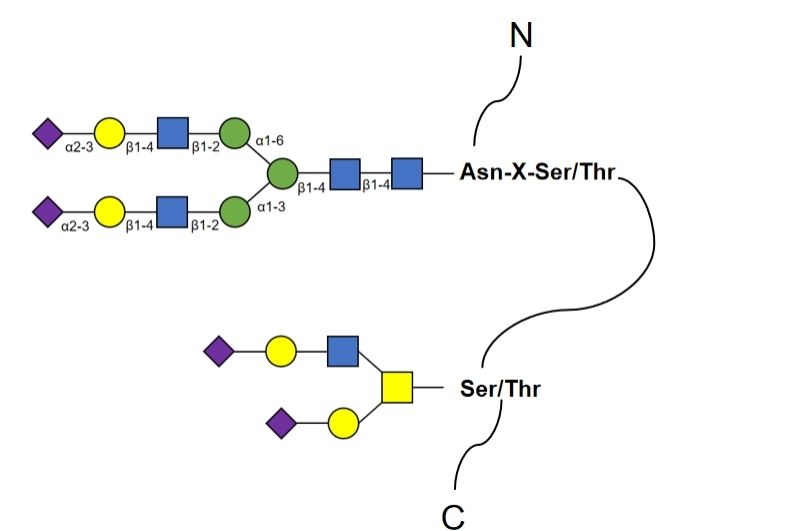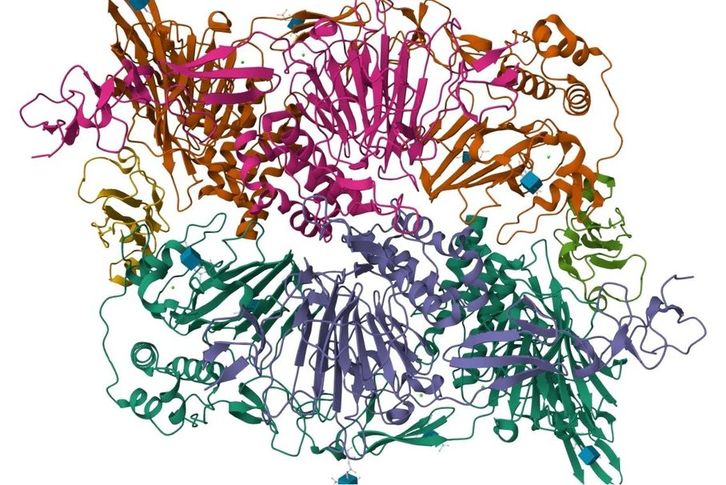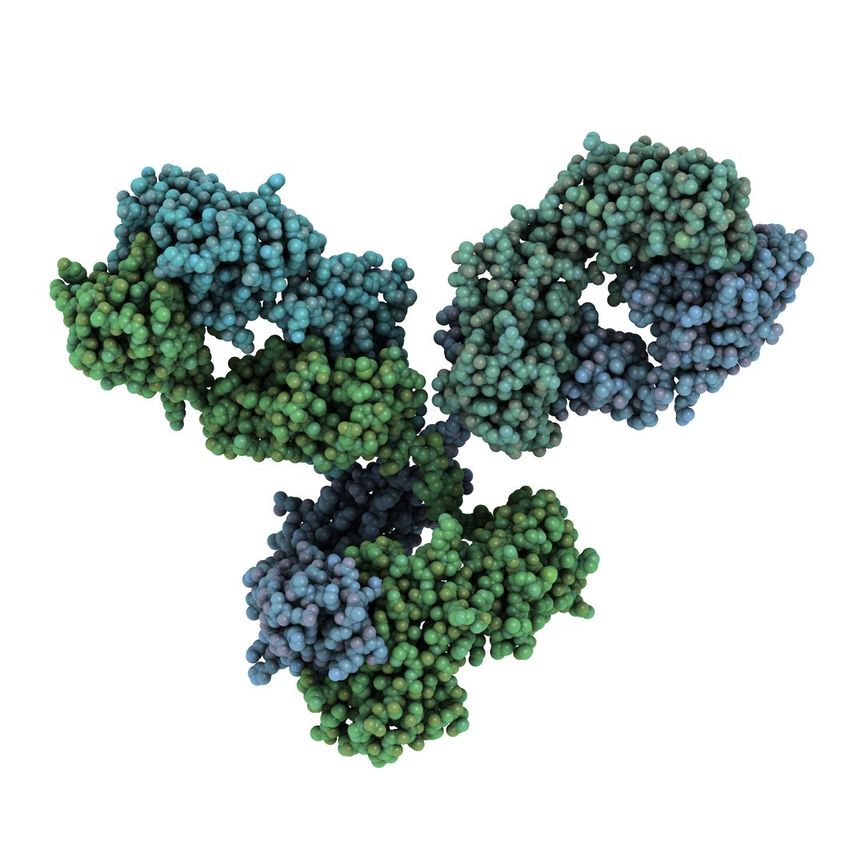Glycoinformatics-assisted Glycome Comparison Analysis Service
Unlocking Glycome Insights with Advanced Glycoinformatics
Glycome comparison and analysis in the context of different types of biological and chemical information is a challenge, and glycoinformatics helps to develop simplified standards for data reporting and sharing. As an industry-leading biology company, CD BioGlyco has developed the widely-used Glycoinformatics system based on its existing carbohydrate database to provide high-quality and professional Glycomics Analysis Services to clients.
The interpretation and storage of analytical data, such as liquid chromatography (LC), mass spectrometry (MS), nuclear magnetic resonance (NMR), etc., has been a focus of many advances in the development of glycome-related databases and informatics tools. CD BioGlyco provides various types of glycomic analysis skills to clients, which are combined with computational methods and machine learning technology in glycoinformatics to help clients perform adequate glycome comparison analysis.

MS
MS is a powerful tool used to determine the sequence and structure of glycans. We analyze possible glycan compositions based on experimental mass values of free or derived glycans or glycopeptides and identify unknown structures by comparing unknown samples with MS data from databases where glycans are already stored. In addition, MS permits visualization of the distribution of glycans in various tissues and comparative analysis of glycans from different sources.
LC
Based on the chromatographic database, we perform pattern matching of LC peak shifts of glycans in different samples for glycome comparison analysis. We offer LC technology suitable for a large range of samples such as labeled glycans, N-glycans, O-glycans, glycosphingolipids (GSL), free oligosaccharides, etc.
NMR
NMR is the best analysis technology for obtaining complete structural information on purified oligosaccharides. Currently, almost all glycan structures have been covered in the NMR database. Therefore, we utilize the NMR database to predict the 1H NMR and 13C NMR chemical shifts of target glycans to achieve the purpose of determining the structure of glycans for our clients.
Glycan microarray
We provide glycan microarray databases to our clients to help them analyze and compare the relative binding strength/specificity of various glycan-binding proteins to the glycan motifs or determinants on the arrays. In addition, we also predict glycan binding patterns with glycan microarray data.
Publication Data
Technology: LC-MS/MS
Journal: Biomolecules
IF: 5.5
Published: 2023
Results: In this article, the authors analyzed the urinary N-glycome using the LC-MS/MS technique and compared it with the serum N-glycome. During the experiment, the N-glycome was released using hydrazine and labeled with 2-aminopyridine, then purified using anion exchange chromatography, and finally analyzed qualitatively and quantitatively using LC-MS/MS. The authors detected a total of 109 N-glycans. Comparisons between urine and serum N-glycome showed that approximately half of the N-glycans were of renal origin and the remaining half were common in both urine and serum. In conclusion, these research results contribute to the analysis of the human urinary N-glycome and structural analysis.
 Fig.1 Comparison of N-glycome in urine and serum. (Zedan, et al., 2023)
Fig.1 Comparison of N-glycome in urine and serum. (Zedan, et al., 2023)
Applications
- Glycoinformatics-assisted glycome comparison analysis service can be used to predict, analyze, and compare the structural and functional relationships of different glycans on a large scale, making it easier to understand and utilize glycans.
- Glycoinformatics-assisted glycome comparison analysis helps researchers to find the connection between different glycans and promotes the development of glycobiology.
- Glycoinformatics-assisted glycome comparison analysis service can be used to research the interactions of glycoconjugates with cells and other components.
Advantages
- Our services are applied to any type of sample, from high-purity materials to crude extracts.
- Our glycoinformatics knowledge covers a wide range of glycoanalytical methods, which can be flexibly adapted to suit the needs of individual projects.
- We not only offer our services but also a wide range of glycoinformatics products and tools, such as glyco-standards.
Frequently Asked Questions
- Is glycome comparison analysis potentially useful for drug research or disease diagnosis?
- Glycome comparison analysis is a comparative analysis method used to research the composition of glycan groups in different biological samples. Comparative analysis of glycans in different tissues, cell types, or disease states can reveal their important roles in physiological and pathological processes, and contribute to a deeper understanding of the changes in glycosylation processes in organisms under different physiological and pathological states, which has potential application value for drug research and disease diagnosis.
- What information can glycome comparison analysis provide about differences between biological samples?
- Glycome comparison analysis can provide the following information about the differences between biological samples:
-
Glycosyl composition differences: Comparing the composition of glycans in different biological samples can reveal structural differences in glycans between samples, including differences in the type, length, and modification of glycan chains.
-
Glycosyl expression level: By analyzing the content or expression level of glycoconjugates in different biological samples, it is possible to discover possible differences in glycoconjugate expression in different biological states or disease conditions.
-
Glycosyl modification patterns: Researching the differences between the modes and patterns of glycogen modification in different samples can reveal the importance of glycogen modification in the development of disease or the mechanism of drug action.
CD BioGlyco has acquired advanced knowledge of glycoinformatics to provide high-quality glycomics analysis services to our clients. We process any number of samples, comparing the results of analyses of different types of glycans to provide direction to our client's research. Please feel free to contact us if you want to know more about glycoinformatics services or glycomics-related services.
Reference
- Zedan, H.; et al. Microheterogeneity and individual differences of human urinary N-glycome under normal physiological conditions. Biomolecules. 2023, 13(5): 756.
For research use only. Not intended for any diagnostic use.
Quick Links
Related Services



 Fig.1 Comparison of N-glycome in urine and serum. (Zedan, et al., 2023)
Fig.1 Comparison of N-glycome in urine and serum. (Zedan, et al., 2023) 


